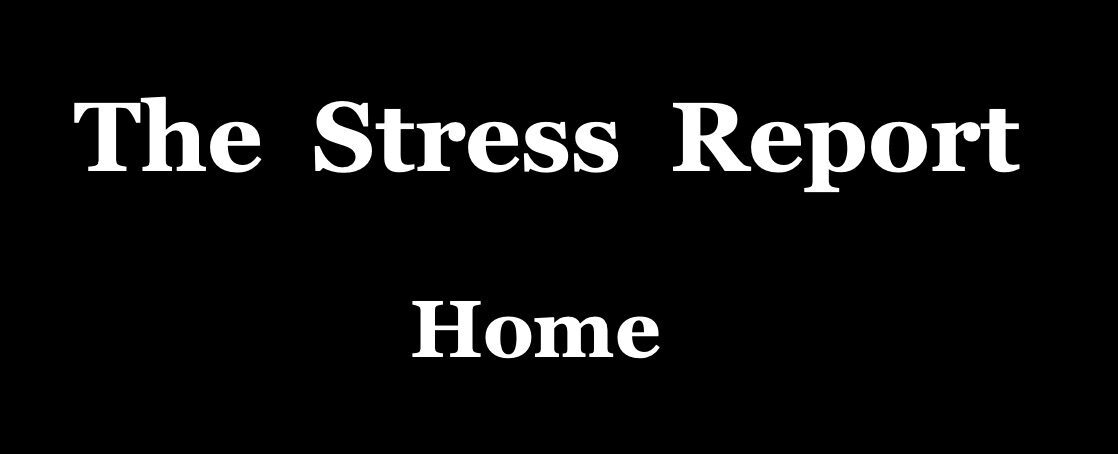Although many homeowners go about purchasing a homeowner’s insurance policy to protect their home and their belongings inside the home, most don’t give that insurance coverage another thought until something happens such as fire, hurricane damage, or theft.
While many homeowners like to believe that they live in safe neighborhoods that would never be affected by crime, it is tough to completely rule out whether or not the home will ever be affected by theft. For this reason, it is essential to consider the theft-prone items inside and outside of the home, so that you can ensure those items are properly insured, properly inventoried, and properly looked after as well.

Almost all good Homeowners insurance companies will recommend taking a careful inventory of household belongings and updating that list at least once a year to ensure that you are fully covered by the amount of insurance you have.
This also will help ensure that you will receive full replacement costs for those damaged or stolen possessions. In addition, some Homeowners insurance companies will even want to lump possessions into categories of theft-prone and none theft-prone. This is something many homeowners have never considered. What inside the home is theft-prone?
One of the first categories that every insurance company will look for in the theft-prone area of household goods is electronics. Unfortunately, many thieves know that electronics can easily be pawned or sold since they are a hot commodity in most parts of the world. Electronics can range from a television set, a DVD player, a personal computer or laptop, to an IPad, or a CD player stereo system.
It is important to note to insurance agents any large or extremely expensive pieces of electronics equipment that may be in the home, and it is equally important to take adequate pictures and record dates of purchase, place of purchase, and model numbers in case of theft. Manufacturers and model numbers can actually help in tracking down stolen goods as well.
Another major category for theft-prone items is jewelry and furs. While some homeowners insurance policies will cover the theft of jewelry or furs, many will require you to have a separate policy or a separate clause on the policy that will cost extra money, since furs and jewelry are special possessions.
Insurance policies will allow you to cover all jewelry in a lump sum, but often this means you will only be paid back a certain amount, like $2,500 for anyone piece of jewelry. If you have any pieces of jewelry that cost over this amount, such as an engagement ring or diamond necklace, you may want to get a specific policy for that one item.
Note that this will require an appraiser’s description of the item and cost assessment. Don’t forget to always take pictures of the jewelry and furs, so that an insurance company can review the pictures for replacement value.
Many homeowners’ completely forget about collector’s items as a potential theft-prone category, but many thieves will take notice of such a prized collection. Collector’s items could include artwork, baseball cards, antiques, or even figurines and are unfortunately extremely popular in the home invasion category.
With the advent of online programs like eBay, thieves can easily market these collector’s items to other collectors and make their money off of your prized possessions. It is important to inventory and take pictures of these household goods as well as report them to your insurance company.

Remember not to count out household items that thieves may consider taking from the exterior of your home. During the daytime or early evening hours, especially during the summertime, when families are out mowing the lawn and walking the dog many people leave the garage door open and this is an easy target for preying thieves.
Valuables in the garage can include tool sets, large power tools, sports equipment from scuba gear to summer or winter skis and even bicycles, workout equipment, a summertime grill, and electronics. When inventorying a home or speaking with an insurance agent, don’t forget to include those items that are in the garage but can still be covered by your Homeowners insurance policy.





